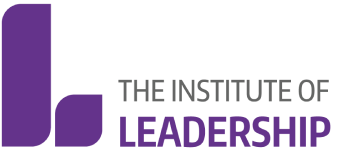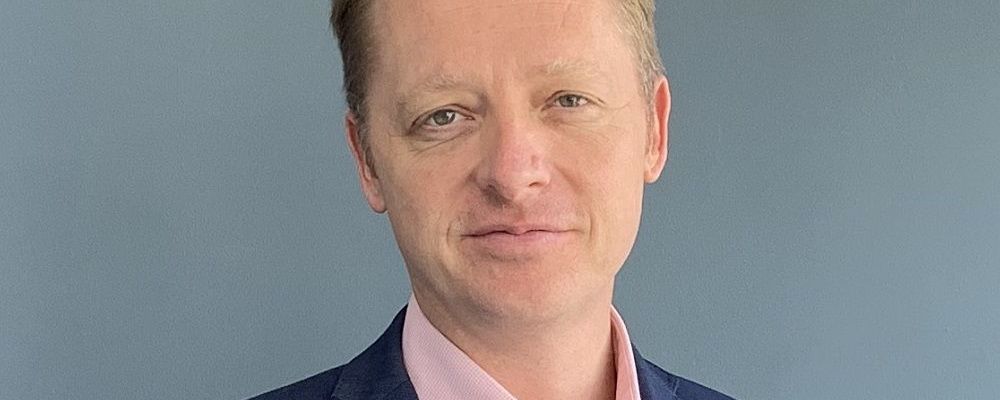My background is in the military: for about seven years, I served in the British Army, where I was lucky enough to fly helicopters. In 2004, I moved with my wife to Kenya and have spent the past 18 years working in East and South Africa in security and crisis management, with my work encompassing almost 40 hostage incidents – predominantly including responses to Somali piracy.
Eight years ago, I joined the regional office of BG Group, the British oil and gas firm that was subsequently purchased by Shell. Now, I’m Shell’s sub-Saharan security and crisis manager, with a focus on East and Central Africa. I support large infrastructure projects, plus a growing number of renewable energy initiatives.
At present, there’s understandably a great deal of focus on how organisations can be resilient in today’s volatile, uncertain, complex and ambiguous (VUCA) world. And when it comes to organisations – or governments, for that matter – forecasting stable environments, we need only cast a glance at the most pressing, current conflict to grasp that whatever leaders thought was the correct model isn’t necessarily going to survive contact with unfolding realities.
I believe that it’s critical for multinationals to make proportionate, customised preparations for the different territories in which they want to work, and equip their personnel with the relevant skillsets. How risks materialise in sub-Saharan Africa is completely different to how they’ll emerge in, say, Europe or the US.
So firstly, you need to understand the threats: what’s coming, and how a problem might manifest. Then, how is that going to impact your business? There is no such thing as one size fits all – and that’s where your talent comes in. When you select the people who are going to manage your risks, you of course provide them with training – but you need to go one step further: specialist mentoring and coaching to tailor the experience levels of the people you recruit, so that they can manage risk proportionately.
Many people misconceive security as being as hard and rigid, like a castle. What it actually needs is a broad framework that sets the rules and demonstrates the values – but the solution itself needs to be flexible and intuitive. A rigid approach to an evolving problem is just not going to work.
A changing vision
Part of that means having the ability to surge when you need to. The war in Ukraine has required all sorts of organisations to make fairly chunky decisions and execute massive manoeuvres in very short timeframes. For a long while, for so many corporates, the emphasis was on growth, growth, growth – and Russia was the new market to be in. But overnight, companies had to switch business models, secure supply chains and perhaps even their entire ethos for fear of customers penalising their reputations in the court of social media.
That facility for responding decisively and flexibly must be inherent within the fabric of the entire organisation – thereby informing the security function. It’s very rare that security is the non-technical risk that causes a permanent change in an organisation. Though, in my experience, it is commonly those with a security background who are integral when it comes to facilitating the decision processes that respond to the problems when they arise.
There’s another important point here: based on my experience, gone are the days when expats swaggered into developing nations and strongarmed local private and public entities without any due care and attention to capacity building. Things are changing – and it is vital that coaching or growth paths are established for the local individuals who, in many ways, can do a better job in key areas than the new arrivals. That is true in the security leadership space just as much as in other corporate careers, and that’s a positive step.
From a corporate perspective, sending people abroad has huge benefits: you can do knowledge sharing, skills building, skills upgrading and so on. However, you must also plan what you’re going to let go of, in order to enable your local staff to grow as professionals and assume greater responsibility. As their responsibilities grow, their confidence builds – and then you can do interesting things like say to them, “Right – we’d like you to come over to Europe, now. Do that for four or five years, pick up some additional skills and experience and then we can send you back with a promotion.”
Security as enabler
In the course of my security career, I’ve been on a learning journey myself. The whole concept of security risk management has changed over time, and that’s brought a reframing of people’s perceptions. We were once seen as the ‘Fun Police’ – “Oh no, they’re coming in to spoil our day, challenge our ambitions as a company and tell us to follow the rules.”
But I think there has been a swift evolution in how the security function is viewed, whereby we’re now regarded as more of an enabler: the part of the business that can say, “Okay, you need to work in this particular environment – well, this is what we’ll need to do in terms of mitigation to make that possible.”
As a result, security specialists are no longer just the people you call when things have gone wrong – or when a factor has arisen that senior leaders are eyeing with deep suspicion. They’re the people you involve in big decisions upfront to help things go right.
Mobilising teams
So, what should leadership in this context look like? Well, I’m a big believer in situational leadership – which is about changing leadership styles to deal with the problem most appropriately at hand. It’s about gathering as much information as you can within as short a timeframe as possible, knowing that you’ll be required to make a decision without necessarily having all the facts to hand. But the important thing is that, rather than prevaricate, you do make a decision – because no decision or a delayed decision while you wait for just one more piece of the puzzle can be the worst decision.
Situational leadership demands a balance between time and space – so, in a long-range, planning context, that means focusing on a consultive, democratic style of leadership that enables you to achieve up-and-down engagement with stakeholders to pave the way for more effective decision-making.
However, in a short-term, post-incident context, where it’s important to rapidly mobilise teams to action, it is appropriate to switch to a more direct, command-based style of leadership. At those critical moments, people’s lives, companies’ reputations and perhaps even large parts of the environment will be under threat – so the urgency for decisions is considerable. Many of the men and women I work with in this field are from a police, military or security forces background, so that command style is more natural to them from their training.
Of course, there is always a need for balance. Don’t use the wrong style of leadership in the wrong situation. When the pressure’s on, a command style of leadership can be an asset – but woe betide the leader who never takes that particular hat off and refuses to give their colleagues a fair voice.
Grow your team's skills, elevate your brand reputation and more, with our corporate solution.
Voices from our community: Rob Phayre MBA FinstLM is cluster security manager at Shell.

